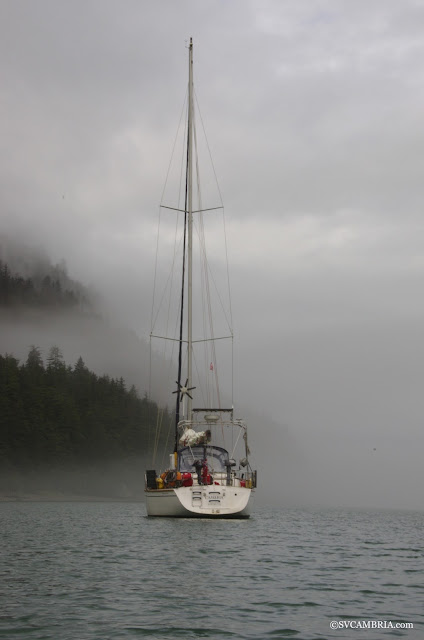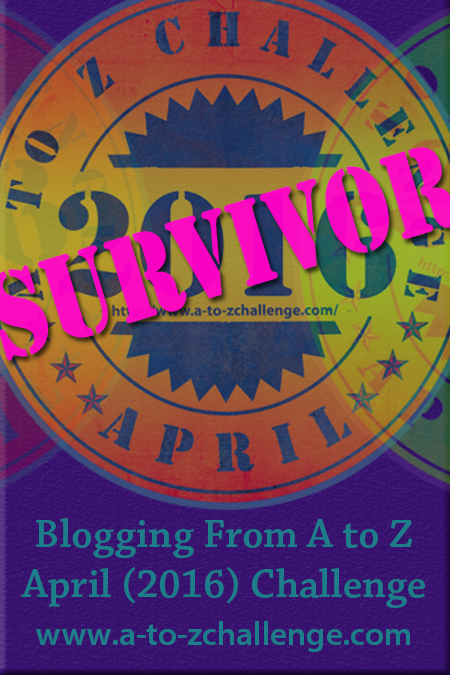What does it take to cruise from the Seattle Southeast Alaska in your own boat? Miles. A lot of miles. Most of which will be done
under motor. And to go along with those miles, you’re going to need a lot of
time and patience.
You
probably won’t need as much time as us. We’re pretty slow when it comes to
cruising and we like to take our time, enjoying stops along the way. We dropped
our lines on the first of April and didn’t tie up again until the end of
October. That’s the total number of days you’ll find listed below, but the
actual amount of time we spent in Alaska
Our
daily distance number below doesn’t represent the whole story. Towards the end of the season, we spent several
weeks in and around the Gulf Islands British
Columbia
 |
| Cambria motoring up Tarr Inlet in Glacier Bay National Park. |
The
Inside Passage runs in a northwesterly direction and the wind generally
comes from that quadrant during the summer months. It is, however, light. That
coupled with narrow inlets and channels means the opportunities to sail are few
and far between. Over the course of seven months, we never raised our mainsail
and threw out the jib for a downwind push only a handful of times: Motoring,
unfortunately, is the norm.
*this
number includes time for anchor up/down, oil changes, and maintenance.
 |
| Brrrrrr!!! It's cold in Alaska . . . even in July! |
It’s
difficult to imagine cruising in the Pacific Northwest
without a heater aboard, especially in the higher latitudes. Ours is a hydronic system that’s fueled by diesel and consumes about a third of a gallon for every
hour of use. The boiler is located behind our berth and wakes me up when it
cycles during the night, so we only run it during daytime hours.
Our
energy needs were primarily filled from three sources: alternator output, the
solar panels, and a portable generator. The fourth source, shore power, came
from the few nights we spent tied up in marinas.
 |
| For a closer look at David's handy-dandy graph, click on the jpeg. |
As you can see from the
numbers, spending a season in Alaska

















8 comments
Wow, that IS a lot of motoring and waiting for weather. I remember just how frustrated last season was for you. I hope you get to hike D'Arcy island and also Narvaez Bay on Saturna Island. The whales come around that area of Saturna in the after noon many times. I'm sure you already know how to follow the whale boats. We also love Portland island, although the anchorages can both get pretty crowded on the weekends. The hike around the island is worth it.
ReplyDeleteYeah, it really was a lot of motoring. A point I should have made is that some of the days we spent waiting out weather were just because we wanted to go up an inlet and needed fog to lift or rain to clear (typical PNW stuff) -- I saw a cruise ship swallowed up by the fog within a half mile of us.
DeleteI really like Portland Island (such a great walk). We anchored on the northern end to the west of Royal Cove and behind Chad Island. We had the place to ourselves, but the ferry roll awful and haven't been back since -- I'd like to though.
Wow - that is a lot of motoring, but the views are worth it, I'm sure. Nice recap in numbers :-)
ReplyDeleteCheers, Ellen. We're definitely looking forward to a quieter season this year and (hopefully) getting the sails up!
DeleteYep. All that motoring (the noise, diesel, pollution, cost and extra maintenance) would put me off to doing in again as well. But, it looks like an amazing experience nevertheless. There are always compromises to be made when cruising the world.
ReplyDeleteThat's so true! In hindsight, I wish we'd have considered keeping the boat in Sitka for the winter. Not only would it have halved the number of miles we did, but we'd be able to spend another month or two up there exploring this year before heading south.
DeleteWhat an amazing experience! I was really surprised you were never able to raise the mainsail. Hastings is a bit of a sailing commandant and barks at the engines when we start them, so sailing Alaska may not be in our future! -Lucy
ReplyDeleteThe wind seems to blow from two directions up here -- straight on the nose and straight off the stern. It's the only thing we don't like about the Inside Passage.
Delete